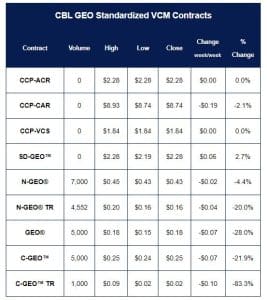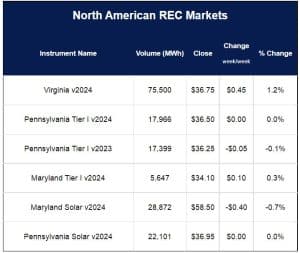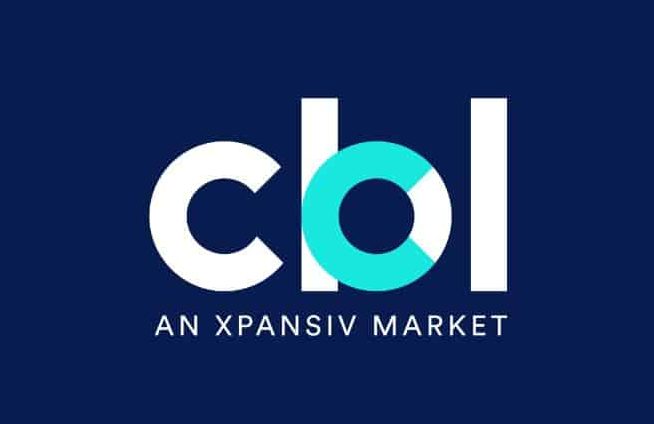Amid the heated controversy over carbon offsets and renewable energy carbon credits, Xpansiv trading platform CBL reported record-breaking trends.
The week saw a significant trade on Xpansiv’s CBL platform, with 39,414 tons of vintage 2023 ACR CCP-approved United States Landfill Gas credits trading at $7.15 per metric ton. This transaction was notable as the largest and highest-priced trade of the week. It is also one of the largest CCP-tagged credit transactions since ICVCM’s methodology approval in June.
- See live carbon prices here.
From India to Indonesia: VCM Sees Dynamic Trades and Price Shifts
The Xpansiv CBL market also saw activity with 3,500 vintage 2019 hydro credits from India and vintage 2016 Keo Seima REDD credits from Cambodia, traded at $2.00. Vintage 2020 Katingan Peatland Restoration credits from Indonesia were matched at $4.90, while a 100,000-ton block of vintage 2017 Katingan credits traded OTC at $3.25.
The data provided by Xpansiv, a leading environmental commodity exchange, reflects the dynamic and evolving nature of these carbon credits markets.
Other Key Trends
VCM Volume:
Total VCM volume on the CBL platform was 107,324 credits, with 78,423 matched on screen. Additionally, 812,000 tons were traded via CBL GEO futures on CME Group.
Futures Market Movement:
The December CBL N-GEO futures saw a slight drop, losing $0.03, following a previous sharp sell-off. However, the CBL GEO futures December contract rose by 64% to close at $0.23.
Paris Olympics Rewrites the Playbook on Sustainability
The Paris Olympics, which concluded recently, set new records in sustainability alongside its high attendance and global engagement. The organizing committee successfully reduced Scope 1, 2, and 3 carbon emissions by half compared to the Rio and London games.
The event organizers bought 1,472,550 metric tons of carbon credits from 13 different projects, focusing on offsets in Africa and France. These carbon offsets are from various projects including cookstoves, solar power, mangrove restoration, forestry, and clean water access.
According to reporting by S&P Global Commodity Insights:
“The organizers of the sporting event have already bought 1,472,550 mtCO2 of carbon credits from 13 different projects, data from the 2024 Olympics showed.”
CBL Market Snapshot
Key offers included Katingan REDD credits from Indonesia and cookstoves credits from Somalia and Rwanda, with prices ranging from $0.75 to $5.00.
I-REC Markets: Solar projects in India and Uganda showed bids and offers, with indicative pricing noted at $3.50 for Ugandan solar credits.

North American Compliance Markets Hit Highs
In North American compliance markets, PJM REC trading on the CBL platform reached a record notional value, with nearly $14 million traded over two weeks. Key transactions included Virginia and Pennsylvania Tier I credits and Maryland solar credits. This activity further underscored the growing importance of carbon credits and renewable energy certificates in achieving global decarbonization goals.

This summary highlights the significant trades, market movements, and sustainability efforts observed in environmental markets. The Xpansiv data underscores the growing role of carbon credits and renewable energy credits in global decarbonization efforts.

